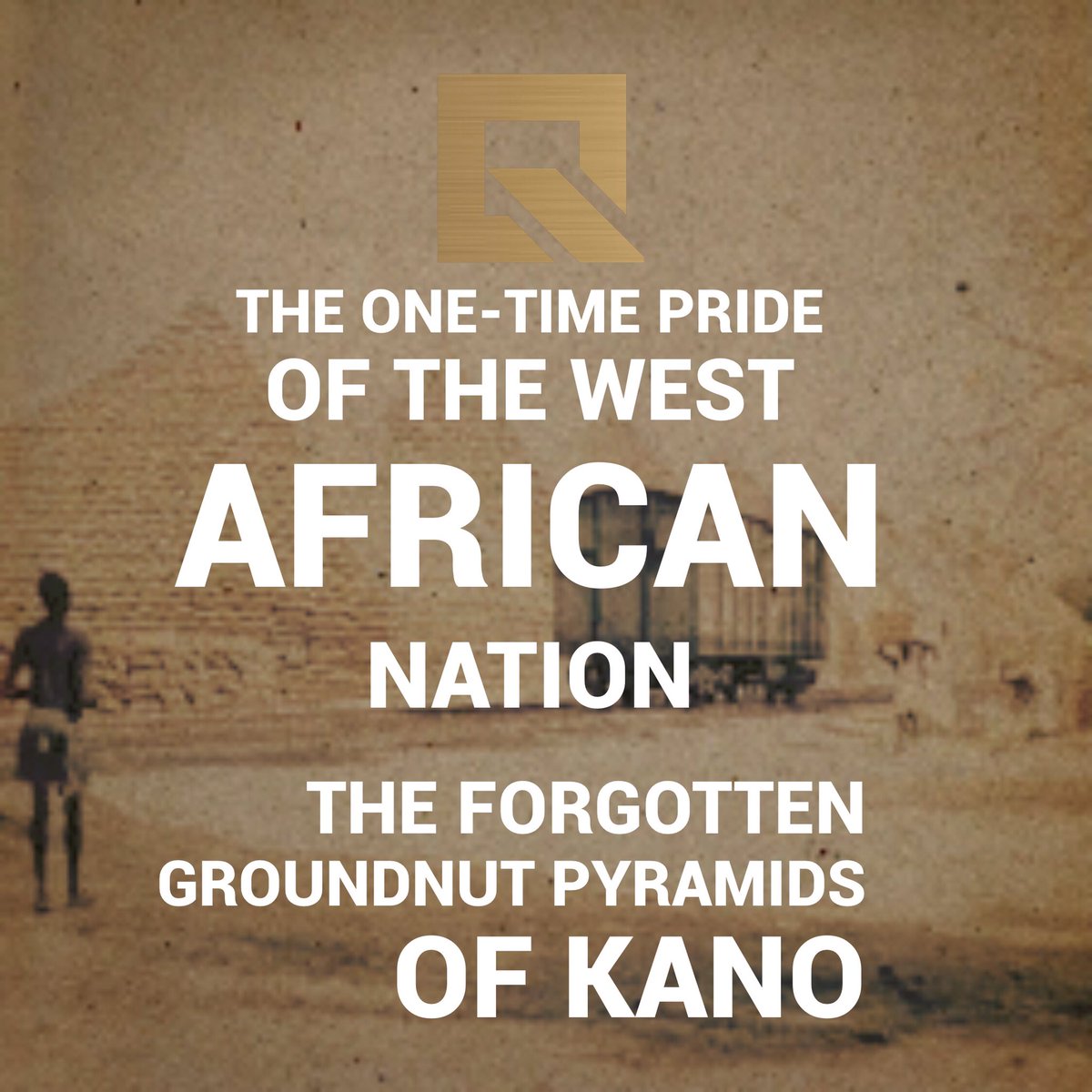 You can call them Nigerians’ first love. Built-in northern cities such as Kano, Malam Madori and Bebeji from the 1910s, they were pyramid-like structures made from groundnut sacks that towered up towards the sky, offering splendour similar to the Egyptian pyramids.
You can call them Nigerians’ first love. Built-in northern cities such as Kano, Malam Madori and Bebeji from the 1910s, they were pyramid-like structures made from groundnut sacks that towered up towards the sky, offering splendour similar to the Egyptian pyramids. In the 1960s and 70s, these pyramids reached their peak as people could find rows and rows of such huge structures, sometimes holding as much as 15,000 full bags at collection fields. The city of Kano and other areas in the north were then witnessing a boost in economic and commercial activities and locals engaged in various crafts from dying, tanning, weaving and embroidery. From the late 1950s, these cities experienced a boom in groundnut production, which eventually became the country’s most valuable single export crop.
Farmers and businessmen got attracted to the crop because of its significant returns. Alhaji Alhasan Dantata, a wealthy merchant who supplied groundnuts to the Royal Niger Company, amassed thousands of bags of groundnut and used to display them in the form of pyramids before having them shipped. According to a 2013 article on The Nation, Dantata had connections spanning the West African horizon, exploited the trans-Sahara trade routes to push his wares to the Gold Coast (now Ghana), Niger Republic, Cameroon, Senegal, Mali, Tunisia, Algeria, Morocco, Libya and even beyond the shores of Africa to Saudi Arabia. He is said to be one of the leading people behind the creation of the groundnut pyramids that did not only become symbols of economic prosperity but tourist attractions as well. What happened to the pyramids?. Most people blame the disappearance of the magnificent pyramids to Nigeria’s shift from agriculture to oil in the 1960s and 70s, placing all its focus on the income it was accruing from crude oil exports. Environmental factors such as drought and a rosetta virus epidemic affected groundnut production in the 1980s as the virus destroyed over 700,000 hectares of the crop in the region. Farmers subsequently resorted to other crops such as cowpea, sorghum and millet.

Gradually, the one-time pride of the nation disappeared into memory. Today, areas that hitherto hosted these pyramids have been taken over by buildings and other commercial structures. In recent years, Kano State Commissioner for Agriculture and Natural Resources, Hajia Baraka Sani said that even though sacks of groundnut are no longer visible, Kano still holds the title as one of the leading states in the production of groundnut.“When you see the re-appearance of the groundnut pyramid in the physical form, it means we are in trouble. During the days of the groundnut pyramid, Kano served as a collection centre for the product; that was when we had famous traders like Alhaji Alhasan Dantata and they're like; we had a vibrant commodity board in Kano when people served as middlemen between industrialists and the producers. And the products were being exported from here.“But now, there are a lot of agro-allied industries in the state that makes use of groundnut as a raw material; the only thing that needs to be done is to expand the production output so that we can help our farmers to improve their yields so as to be able to meet up with the high market demand and to also help the farmers to fight diseases that could attack the seed. By doing this, the agro-allied industries will continue to boom while we will have even more than enough to export. However, the fact remains that we now use modern mechanisms to store and preserve groundnut in Kano,” she was quoted by The Nation.